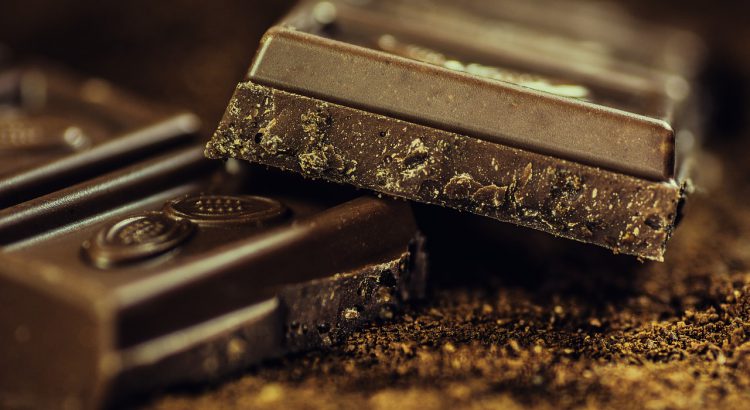My friend gave me a plaque that read, “Chocolate comes from cocoa, which comes out of a tree. That makes it a plant. Therefore, chocolate counts as a salad.”
While that may be a stretch, it begs the question … how does chocolate fit into a healthy eating plan?
Chocolate is considered a guilty pleasure for many who are conscious of their diet habits, but is the guilt warranted? In recent years research has shown that chocolate, depending on what type and how much, is a perfectly acceptable part of a healthy eating pattern. Similar to foods such as chicken or fish, which are innately nutritious, it’s the preparation that affects its health value.
Chocolate is created from processing of cacao (pronounced ka-cow) beans, which grow in pods from a tree whose name means “the food of gods.” With a name like that, it’d better be good!
The cacao bean offers significant nutritional benefits due to its high antioxidant and essential nutrient content including monounsaturated fat (cocoa butter), fiber, protein and minerals.
The beans also contain flavonoids, which are a large group of phytonutrients (plant chemicals) found in fruits and vegetables and are responsible for giving plants their color. Flavonoids are powerful antioxidants, and they have anti-inflammatory and immune system benefits. Flavonoids can lower blood pressure, lower bad cholesterol, improve circulation and increase circulating serotonin to help improve mood.
When the cacao beans are roasted into cocoa, the roasting process decreases the amount of antioxidants in the bean; some suggest using raw, unroasted cacao beans to maximize health benefits.
The incredible health benefits are diminished the more cocoa beans are processed (with the addition of extra fat and sugar); therefore, focus on dark chocolate and unprocessed or cold pressed cocoa beans, nibs or powder instead of milk chocolate. Especially avoid milk chocolate with high sugar caramel and nougat.
Dark chocolate is bitter, so it helps to transition yourself slowly to chocolate with a higher cacao content. Cacao nibs and powder can be added to snack mixes, yogurt, baked goods and smoothies.
Registered dietitian Barb Walsh is the community nutrition educator in the Tevis Center for Wellness.
